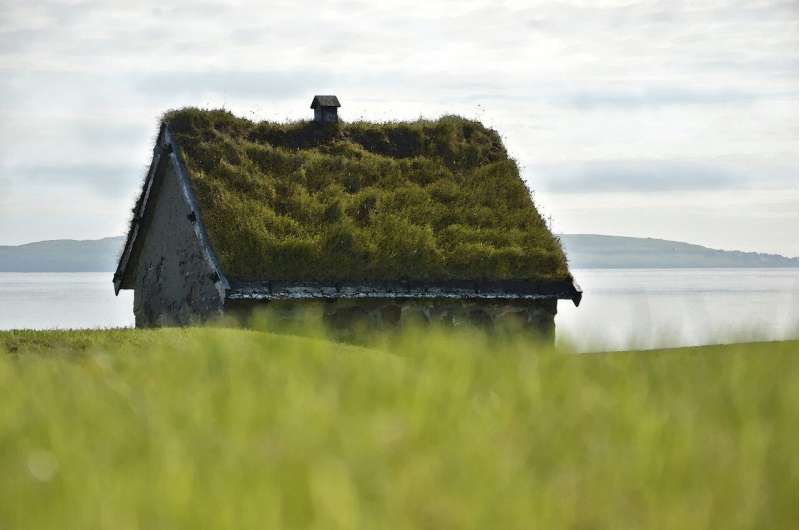Trees and green roofs can help reduce the urban heat island effect, finds a new study

An urban heat island is an urban area that is significantly warmer than its surrounding rural areas. The temperature difference is typically larger at night than during the day.
With the UK government pledging to build 300,000 new homes every year, it is feared that many of the country's towns and cities will experience an increase in temperature brought about by more vehicles and building activity.
In a paper published by Environmental Pollution, experts from Surrey's Global Centre for Clean Air Research (GCARE) modelled how a UK town would be affected if its urban landscape included different types of GI.
The study focused on simulating temperature increases in the town of Guildford, UK, under different GI cover (trees, grassland and green roofs). The team adopted widely-used computer modelling systems that found that 78 percent of Guildford was covered by grassland and trees.
The research team set out to investigate five scenarios:
- What is the status quo with the current GI?
- What would happen if the town had no GI?
- What would happen if you replaced the current GI with only trees?
- What would happen if you replaced the current GI with only green roofs?
- What would happen if you replaced the current GI with only grassland?
The GCARE team found that trees are the most effective form of GI and the results showed that Guildford would be 0.128oC cooler if trees replaced all forms of GI in the town.
The team also found that trees are the best solution for the reduction in temperature spikes because they can better shade surfaces and influence aerodynamic mixing of air in the atmosphere caused by enhanced turbulence.
Professor Prashant Kumar, Director of GCAREat the University of Surrey, said: "As policymakers and political leaders rightly look to solve the nation's housing crisis, it is vitally important that they consider how this influx of new urban infrastructure will impact our environment and our planet.
"I hope that our study will give decision-makers the information they need when they are deciding which green infrastructure to establish in our communities. Our results suggest that, given a choice, trees are the most effective at reducing the urban heat island effect that many of our towns face."
More information: Arvind Tiwari et al. The impacts of existing and hypothetical green infrastructure scenarios on urban heat island formation, Environmental Pollution (2020). DOI: 10.1016/j.envpol.2020.115898
Journal information: Environmental Pollution
Provided by University of Surrey



















